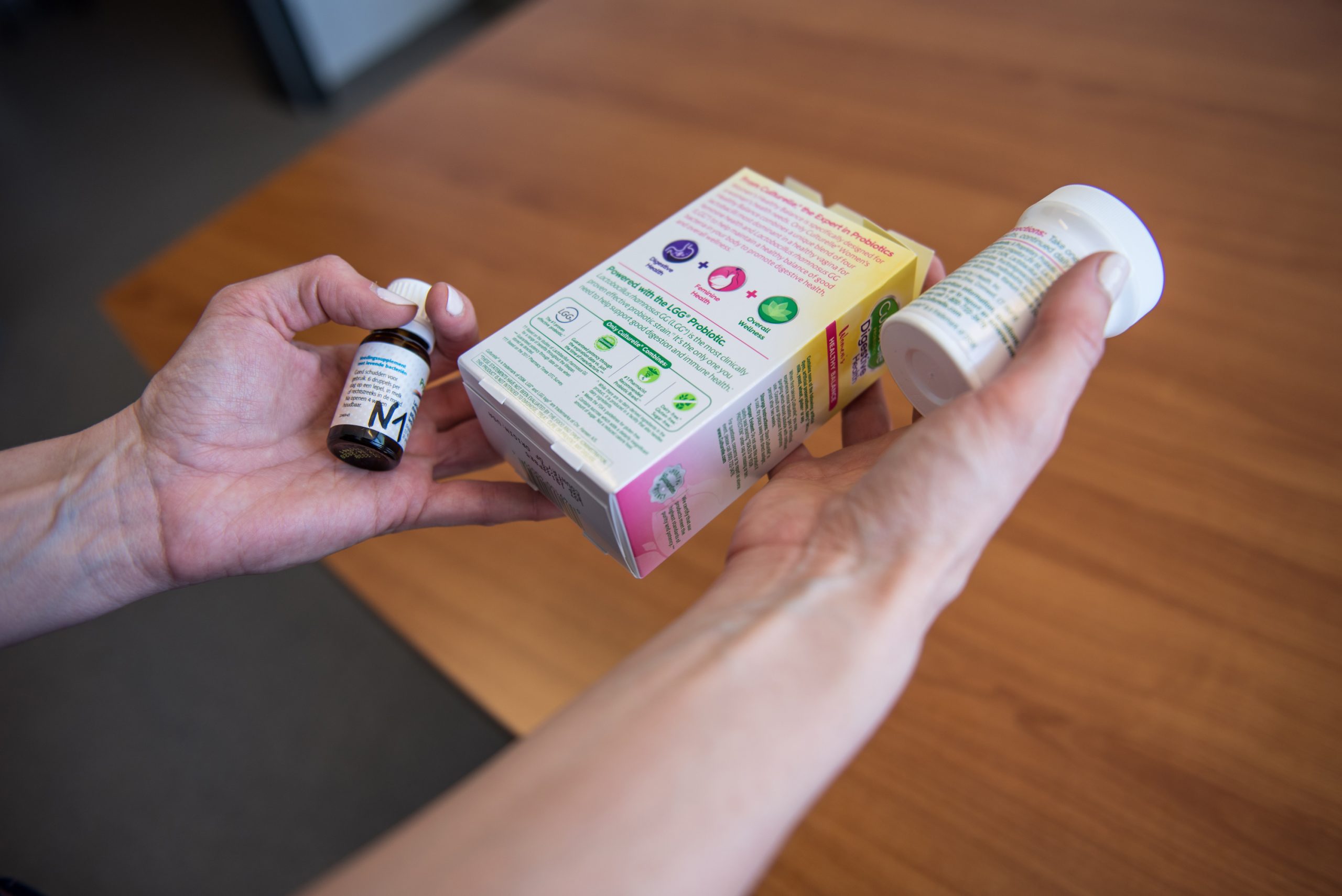1-6 of 6 results
-
Insights into healthy aging: A story as told by gut microbiome (and other) metabolites
Metabolites, including those derived from the gut microbiome, offer a window into the complex biology of aging. They reflect not just how we live, but how well our bodies are adapting to the passage of time. -

Should everyone take a probiotic? Assessment of evidence of probiotics for healthy people
By Prof. Daniel Merenstein MD and Dr. Mary Ellen Sanders PhD During the ISAPP 2024 meeting, an article titled, “Is… -

The American College of Gastroenterology recommends against use of probiotics for primary or secondary prevention of C. difficile
We are not convinced that the paper’s authors have justified their recommendation against the use of probiotics in relation to CDI prevention. They fail to clarify why the results of their GRADE evaluation of probiotic evidence for prevention of C. difficile resulted in totally different conclusions compared to the AGA document, which found evidence sufficient for conditional recommendation of four probiotic preparations. -

ISAPP collaborates with NEC Society to help parents understand the role of probiotics in reducing the risk of necrotizing enterocolitis
By Dr. Mary Ellen Sanders, PhD, ISAPP Executive Science Officer To date, over 50 clinical trials on probiotics and necrotizing… -

Probiotics to Prevent Necrotizing Enterocolitis: Moving to Evidence-Based Use
By Ravi Mangal Patel, MD, Msc, Associate Professor of Pediatrics, Emory University School of Medicine and Children’s Healthcare of Atlanta…. -

GG + BB-12 don’t reduce antibiotic use in an elderly, institutionalized population
By Mary Ellen Sanders, PhD, ISAPP Executive Science Officer Close to two years ago, a team convened by ISAPP conducted…
